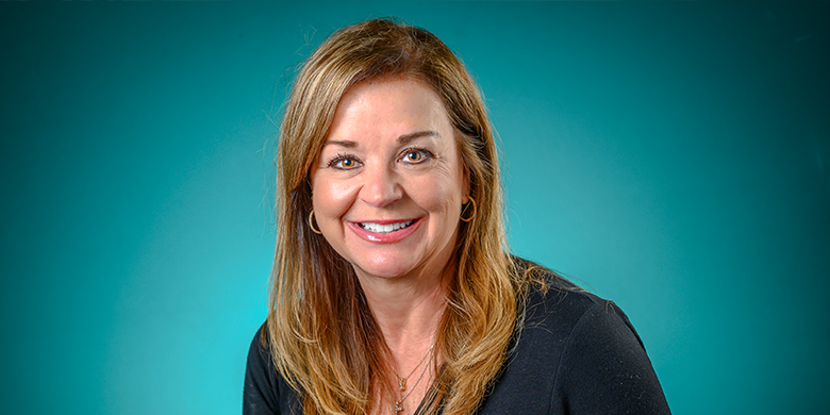‘I Didn’t Want To Believe It” A YOUNG PATIENT’S STROKE STORY
- Category: News
- Posted On:
As an Emergency Medical Technician (EMT) at West Jefferson Medical Center (WJMC), Brent Rodriguez uses his skills to quickly evaluate the medical needs of someone during an emergency. Brent is used to helping others, but a few months ago, it was he who needed immediate medical attention. He suffered a stroke.
Brent Rodriguez is just 24-years-old.
“It was a typical Sunday morning and I felt fine with exception of a little dizziness,” Rodriquez explains. “I didn’t think much of it at first and went on to church. I then got a really bad headache and was told one side of my face was drooping. I didn’t want to believe it, but I knew what was happening. I was having a stroke.”
According to Rodriquez’s physician, John Freiberg, M.D., director of the Neurovascular Acute Care Stroke Unit at WJMC, strokes can occur at any age, but typically strike individuals older than 50. As Dr. Freiberg explains, “I would say that less than 1% of my stroke patients are younger than age 40, but I have treated infants, teens and those in their 20s or 30s. When you see such young stroke patients, more than likely the stroke is due to some other medical issue.” As it turns out, Rodriquez learned he had a hole in his heart, which doctors believe is what eventually lead to the stroke.
When it comes to stroke, Dr. Freiberg says 80% of strokes are preventable, which means each year nearly 600,000 people could prevent a stroke from occurring. The key says Dr. Freiberg is awareness of potential risk factors such as:
- Age: A stroke can happen to anyone, but your risk of stroke increases with age. After the age of 55, your stroke risk doubles for every decade.
- Gender: Stroke is more common in men than women. But more women than men die from stroke.
- Race: If you are African American, your risk is twice the rate for whites. If you are Hispanic or Asian/Pacific Islander, your stroke risk is also higher than Caucasians.
- Family History: If someone in your family has had a stroke, you have a higher risk of stroke yourself.
- Previous Stroke or TIA: If you have already had a stroke or a transient ischemic attack (ministroke), you have a 25-40% chance of having another stroke in the next 5 years.
“As an EMT, I’m always aware of potential medical emergencies that I will face in the field,” Rodriguez says and adds, “You never imagine yourself being the patient and at my age, I could have never envisioned that I would have a stroke. Thankfully I knew the warning signs and knew that I had to get immediate medical attention.”
“Brent is doing well today because of his actions,” Dr. Freiberg says. “He picked up on the warning signs, got himself to the hospital and because we were able to begin treatment quickly, the effects of the stroke are minimal.”
Today, Brent is happily back at work as an EMT. The stroke did interfere with the full use of his hands, especially writing, but he is nearly back to normal after extensive physical therapy.
Stroke Awareness Month Facts:
Stroke Symptoms include:
- SUDDEN numbness or weakness of face, arm or leg - especially on one side of the body
- SUDDEN confusion, trouble speaking or understanding SUDDEN trouble seeing in one or both eyes
- SUDDEN trouble walking, dizziness, loss of balance or coordination
- SUDDEN severe headache with no known cause
- If you think someone may be having a stroke, act F.A.S.T. and do this simple test:
- FACE --Ask the person to smile. Does one side of the face droop?
- ARMS -- Ask the person to raise both arms. Does one arm drift downward?
- SPEECH --Ask the person to repeat a simple sentence. Are the words slurred? Can he/she repeat the sentence correctly?
- TIME -- If the person shows any of these symptoms, time is important. Call 911 or get to the hospital fast. Brain cells are dying

